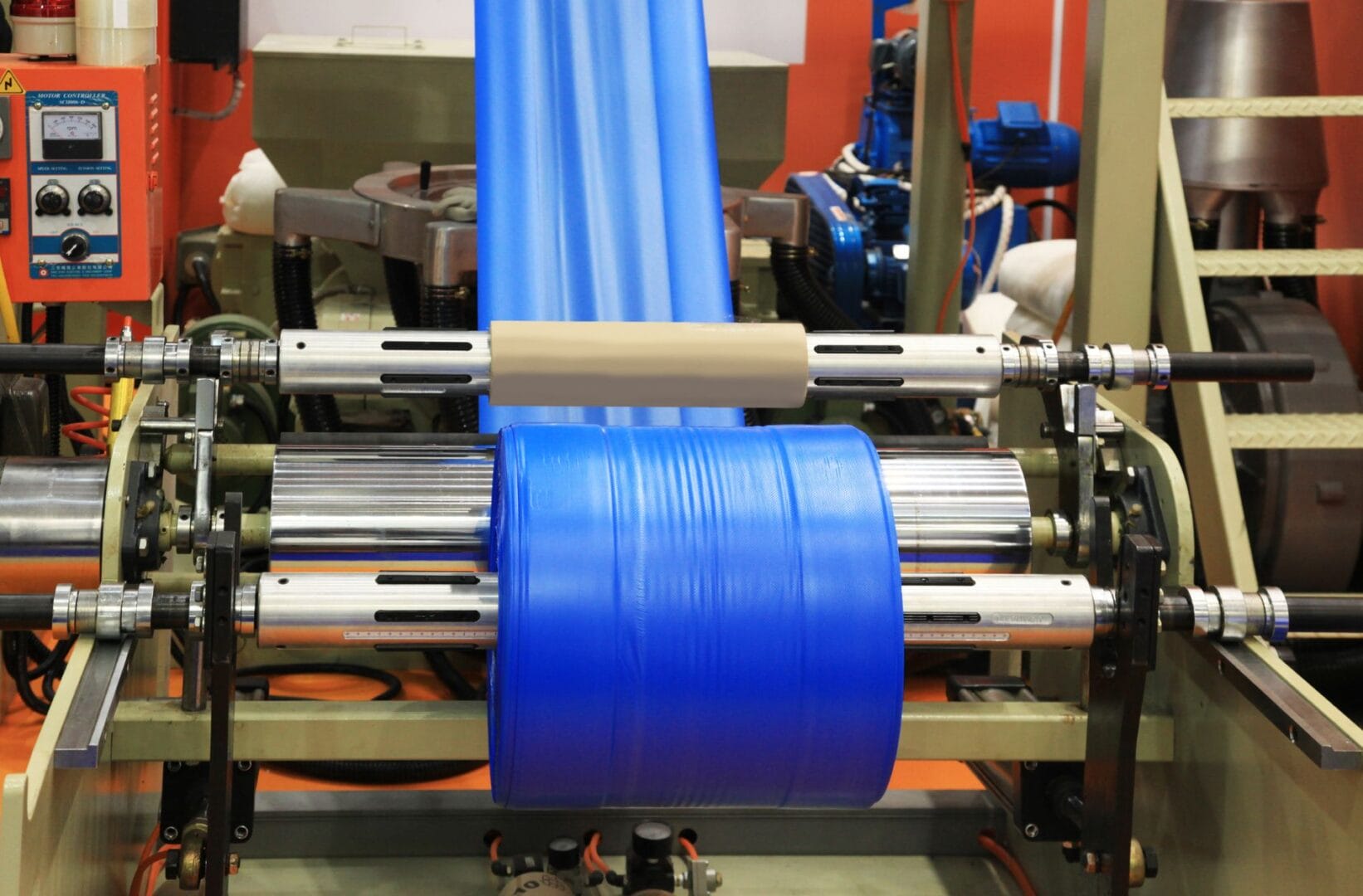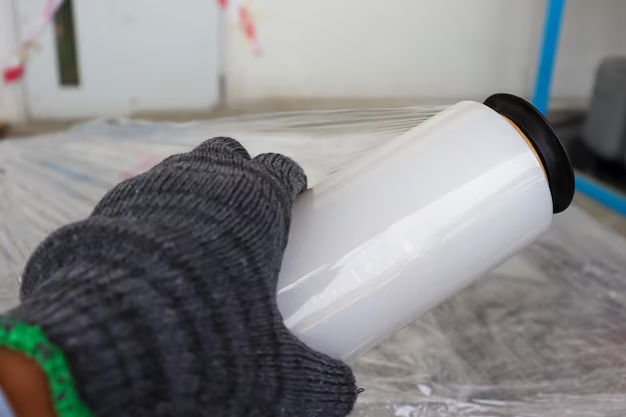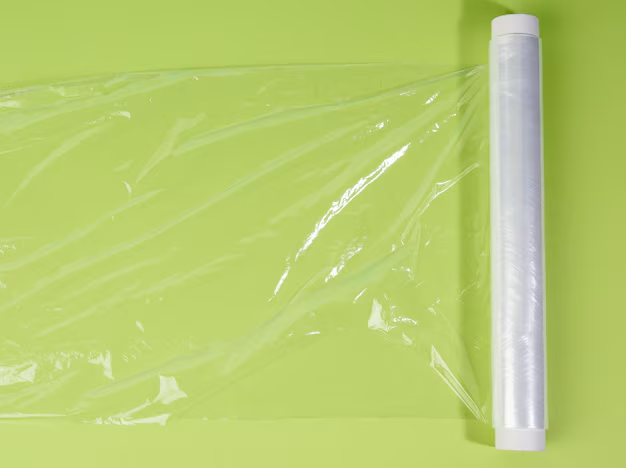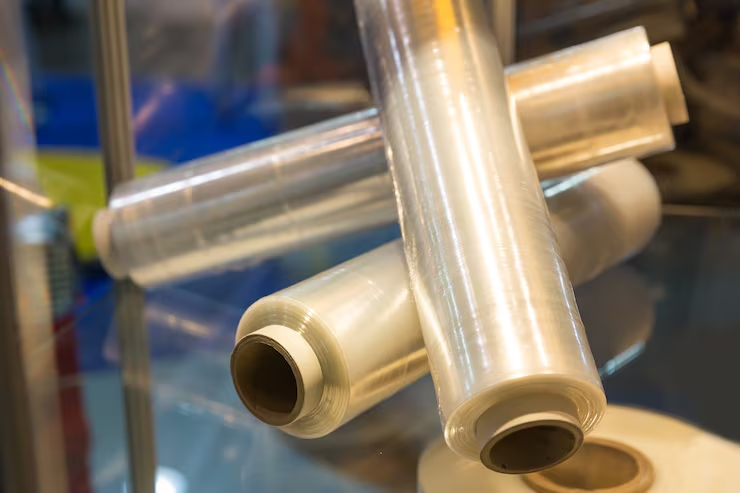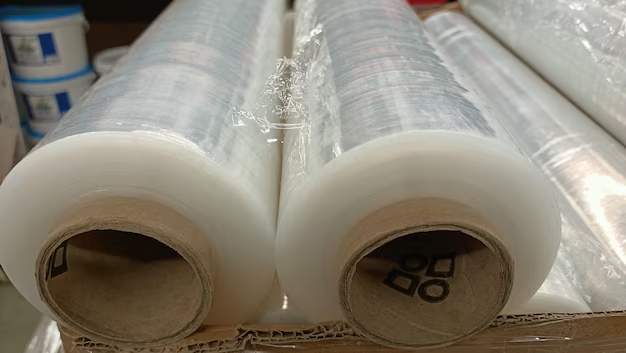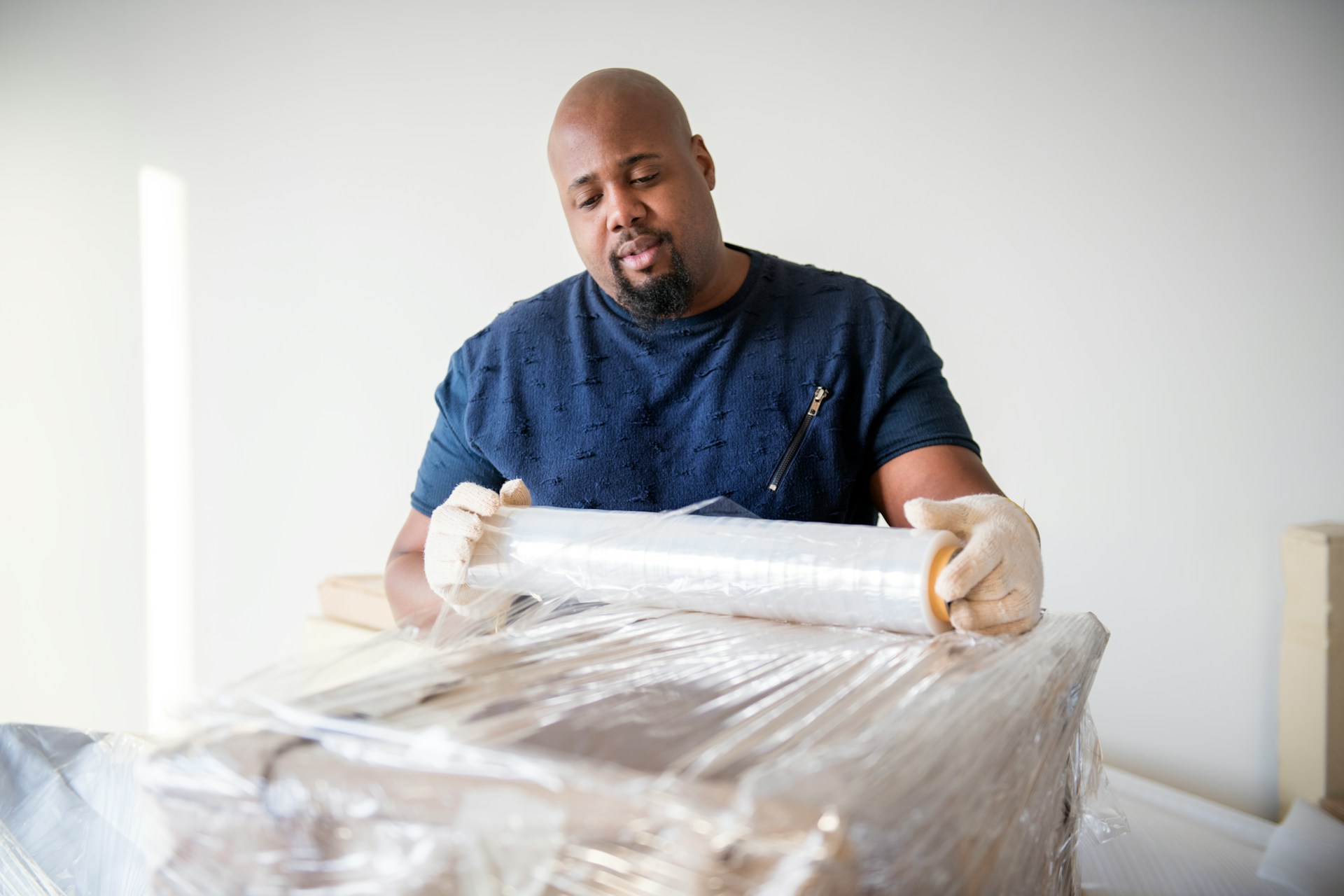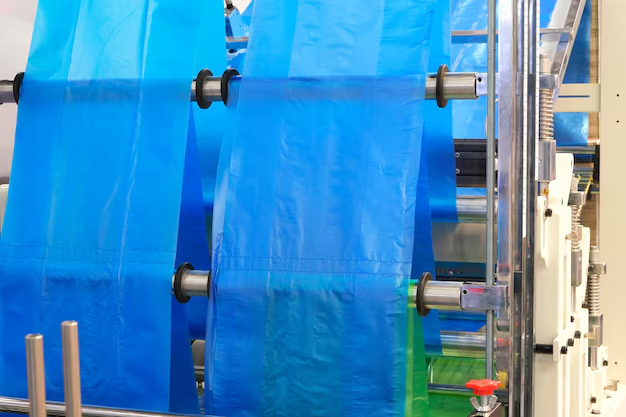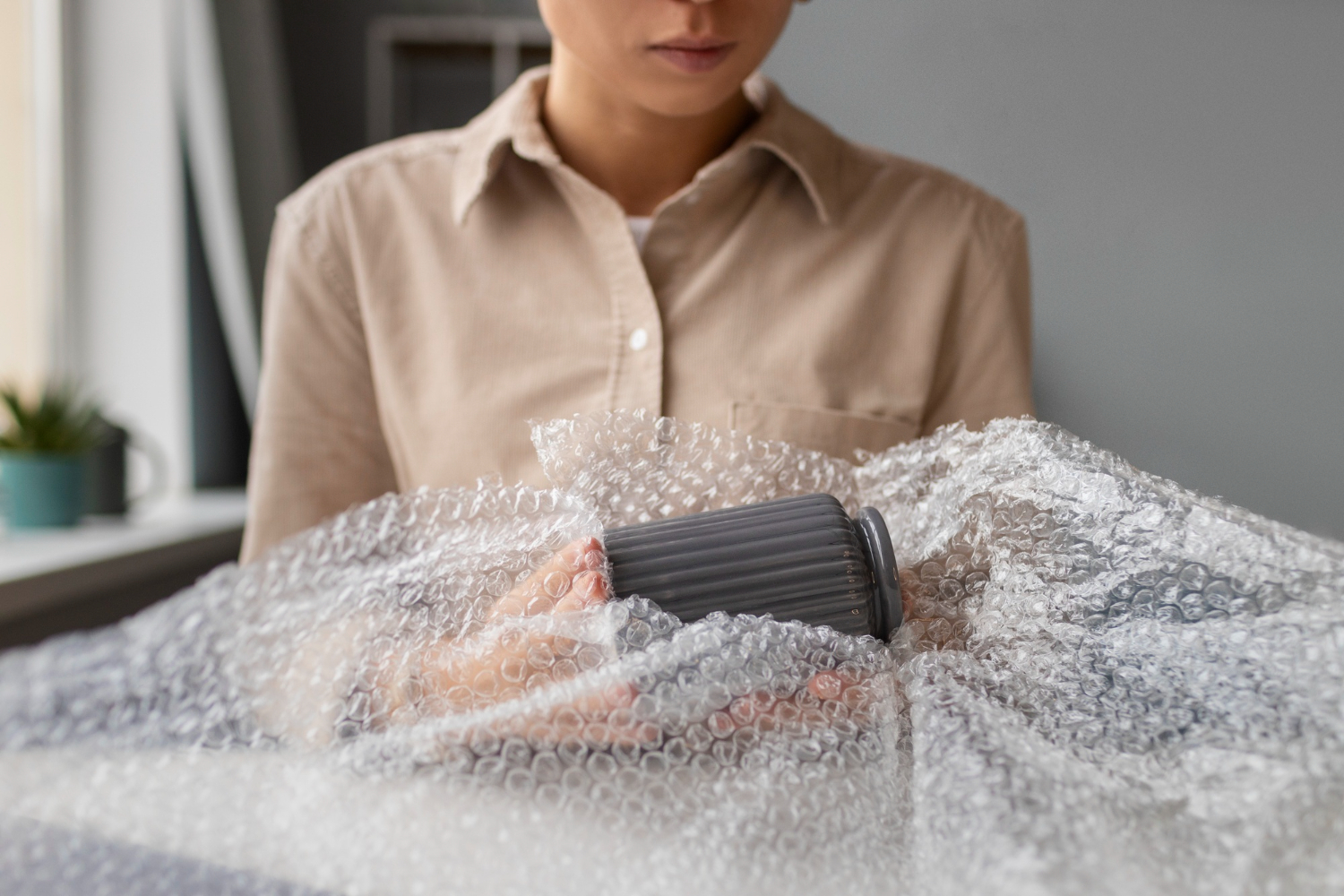Molding compound film plays a big role in industries that rely on precise shaping and protection of materials. This film is used to create smooth surfaces and ensure durable protection for products during manufacturing. With its unique properties, molding compound film aids in shaping materials to their desired form, making it an invaluable tool in various fields, including electronics and automotive.
However, like any material, molding compound film can face its share of problems. These issues can range from surface imperfections to discrepancies in thickness, and they can impact the quality and reliability of the final product. Identifying these common problems and applying effective solutions can make all the difference in achieving consistent results.
Surface Defects During Molding
Surface defects, such as scratches, dents, and blemishes, are among the most frequent issues encountered with molding compound film. These imperfections can occur for several reasons and often end up affecting the appearance and functionality of the product.
Some common causes of surface defects include:
– Impurities in the film material
– Improper handling during the molding process
– Debris or contamination on the film surface
To tackle these issues, here are a few recommended solutions:
1. Material Handling: Ensure that the film is handled with care during the entire process. Use clean equipment and tools to prevent scratches and marks.
2. Surface Cleaning: Regularly clean the film surface and surrounding areas to remove any debris or contaminants that may cause defects.
3. Inspection: Implement regular inspections at various stages of the process to identify potential problems early and provide timely corrections.
By paying attention to these aspects, manufacturers can minimize surface imperfections and maintain the integrity and appeal of the finished product.
Inconsistent Thickness
Another problem that can arise with molding compound film is uneven thickness. When the film isn’t uniformly thick, it can lead to weak spots, affecting both the product’s durability and appearance.
Several factors can lead to inconsistent thickness:
– Uneven pressure applied during molding
– Incorrect settings on the molding machinery
– Variations in material composition
To address these concerns, consider the following adjustments:
– Equipment Settings: Regularly calibrate and adjust equipment settings to ensure even pressure distribution during the molding process.
– Maintenance Checks: Conduct regular maintenance checks on machinery to prevent any malfunctions that could result in inconsistent thickness.
By focusing on these areas, manufacturers can achieve a consistent thickness across the film, leading to a more reliable and visually appealing product.
Bubbles and Voids in the Film
Bubbles and voids form another set of challenges associated with molding compound film. These gaps can appear both on the surface and within the layers of the film, leading to potential weak points. Such issues typically stem from trapped air or moisture that hasn’t been adequately addressed during the molding process.
Factors contributing to bubbles and voids include:
– Air pockets trapped during the molding
– Excess moisture in the material
– Insufficient vacuuming during production
To effectively combat these issues, consider these essential strategies:
1. Vacuum Techniques: Employ vacuum techniques during the molding phase to help eliminate trapped air and ensure a smoother finish.
2. Control Humidity: Maintain optimal humidity levels in the production environment to prevent moisture from affecting the film.
3. Drying Processes: Implement drying processes before molding to remove excess moisture from the materials.
4. Regular Audits: Conduct regular audits of the molding process to identify potential issues and refine techniques.
Taking these steps can lead to a significant reduction in the occurrence of bubbles and voids, ultimately improving the structural integrity of the film.
Adhesion Problems
Another issue that manufacturers might encounter with molding compound film is poor adhesion to surfaces. When the film doesn’t bond properly, it can peel off or fail to provide the necessary protection. Surface contamination and inadequate bonding agents are often at the heart of these issues.
Some potential causes of adhesion problems include:
– Contaminated surfaces
– Insufficient or incompatible bonding agents
– Surface irregularities
To improve adhesion, the following actions are recommended:
– Surface Preparation: Make sure all surfaces are thoroughly cleaned and free from dirt and grease before applying the film.
– Appropriate Adhesives: Choose bonding agents that are compatible with the materials used in production. Ensuring the right match will facilitate better adhesion.
– Even Application: Apply the film evenly, using the correct force and technique, to ensure it adheres uniformly across the surface.
By implementing these methods, manufacturers can improve bonding effectiveness, ensuring that the film stays adhered as intended.
Improving Quality Control in Molding Compound Films
Addressing the common problems related to molding compound film requires both attention to detail and proactive management. By identifying the causes of defects like surface blemishes, inconsistent thickness, bubbles, voids, and adhesion problems, manufacturers can take practical steps to enhance the quality of their products.
Continuous monitoring and maintenance are vital to maintaining optimal results. By staying informed and tackling these issues head-on, you ensure that your end products meet the high standards expected by consumers. With the right techniques and preventative measures, the challenges associated with molding compound film can be effectively managed, leading to reliable, high-quality outputs.
To keep your production running smoothly, explore how molding compound film can deliver the consistency and durability your processes demand. For expert insight and dependable solutions, turn to Markley and Associates. Contact us today.
